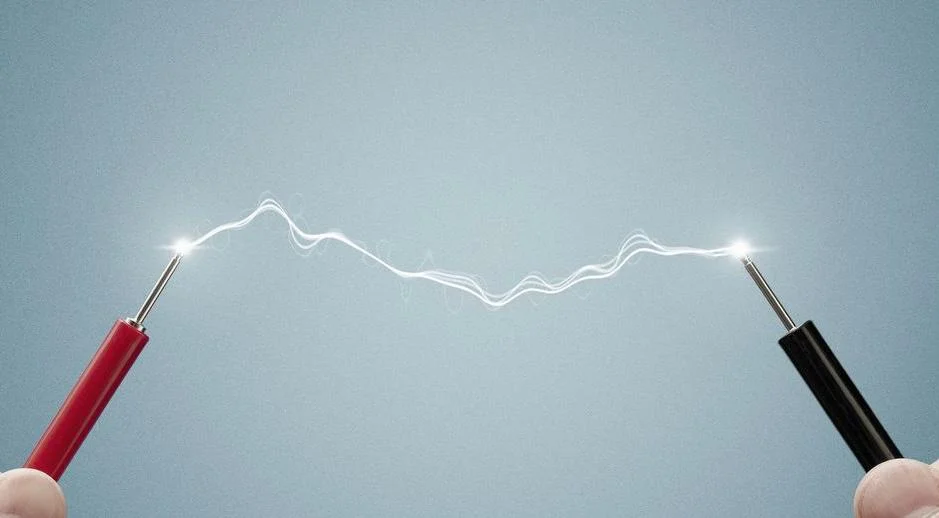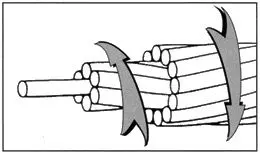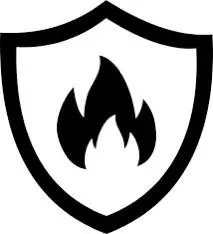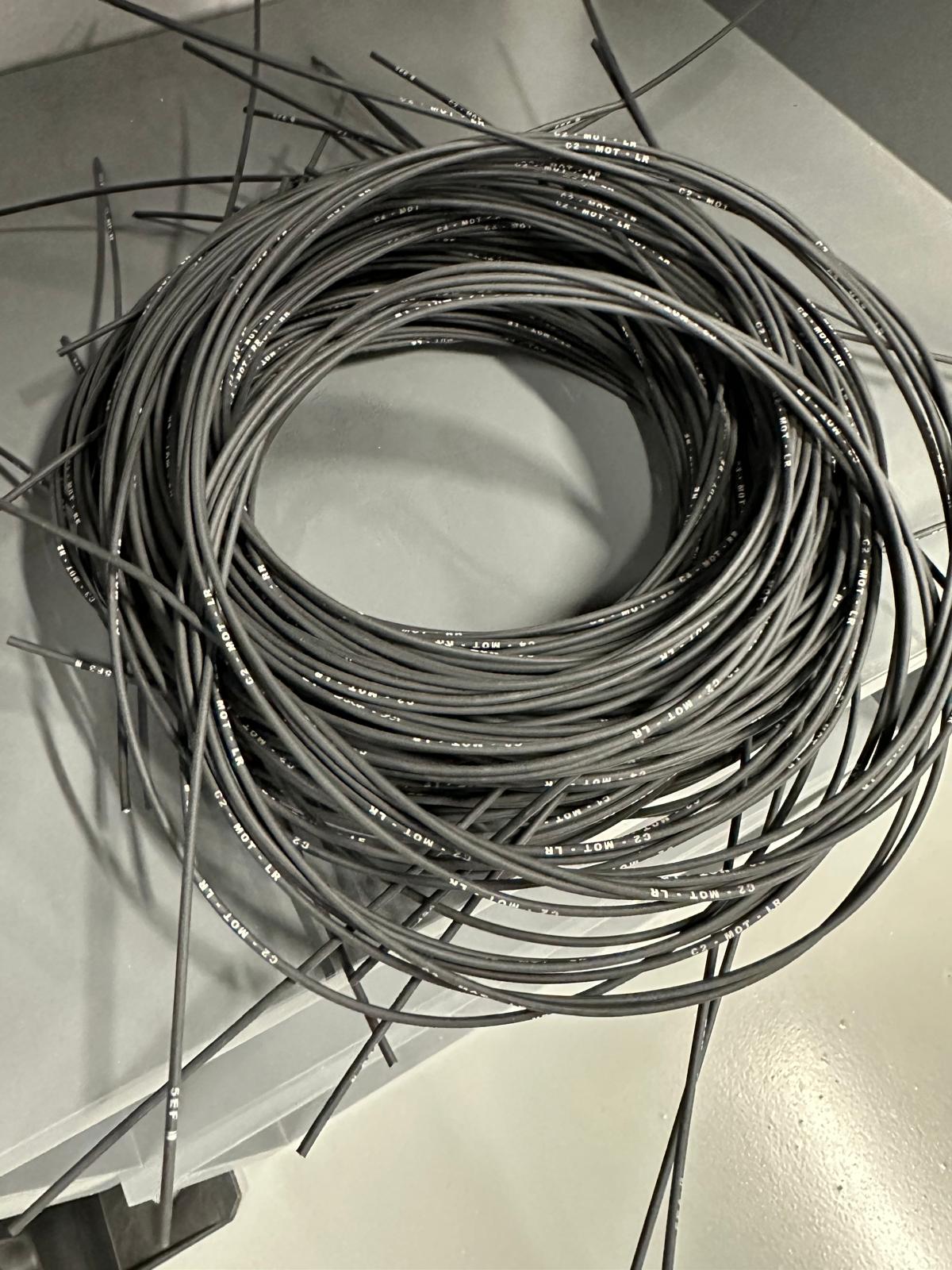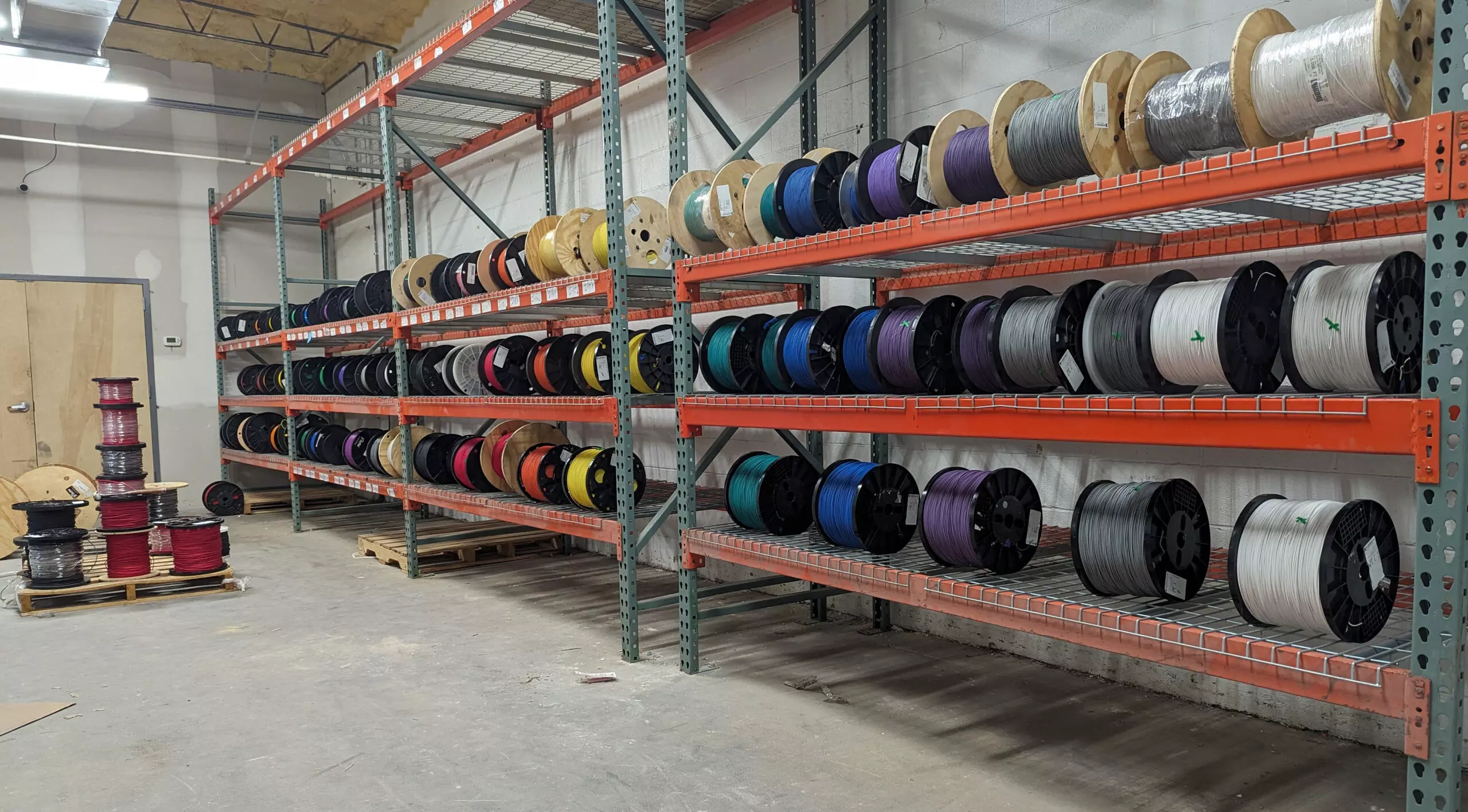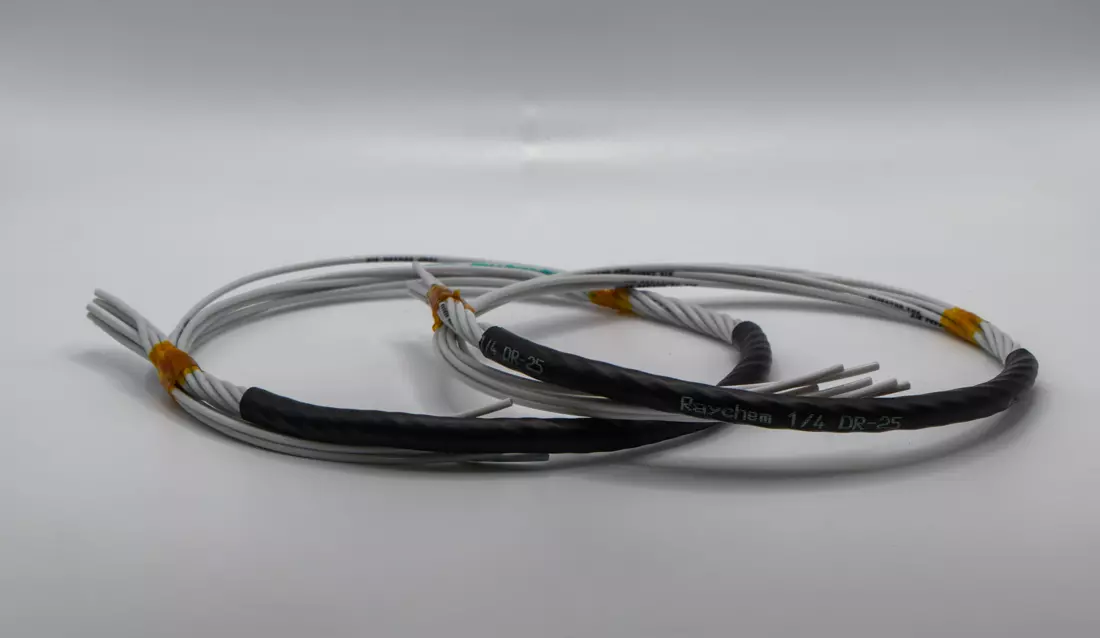Introduction
Electricity is a fundamental aspect of modern life, powering our homes, workplaces, and countless devices. Central to the distribution and utilization of electrical power is the concept of electrical current and the various types of wiring used to facilitate its safe and efficient flow. In this blog, we’ll delve into the basics of electrical current and explore the different types of wiring commonly employed in electrical systems.
What is Electrical Current?
Electrical current is the flow of electric charge through a conductor. It is the movement of electrons along a path, typically a wire, and is measured in amperes (A). Current can be direct (DC), where the flow of charge is constant in one direction, or alternating (AC), where the flow of charge periodically reverses direction. The ability to control and harness electrical current is fundamental to the functioning of electrical systems.
Different Types of Wiring
- Non-Metallic Sheathed Cable (NM)
Non-metallic sheathed cable, commonly known as Romex, is a widely used type of electrical wiring. It consists of two or more insulated conductors encased in a plastic sheath, which provides protection against moisture and physical damage. NM cable is commonly used for residential wiring, such as powering outlets, switches, and lighting circuits. - Armored Cable (AC)
Armored cable, or BX cable, is a flexible metal-clad cable containing insulated conductors. The metal armor provides mechanical protection and serves as the grounding conductor. AC wiring is commonly used in commercial and industrial applications where additional protection against physical damage is required. - Conduit Wiring
Conduit wiring involves running individual insulated conductors within metal or plastic conduits. This method offers excellent protection against physical damage and moisture, making it suitable for both indoor and outdoor applications. Conduit wiring is often used in industrial settings and in locations where wiring is exposed to harsh conditions. - Knob and Tube Wiring
Knob and tube wiring, though now considered outdated, was commonly used in residential construction in the early 20th century. It consists of ceramic knobs to support the wiring and ceramic tubes to pass wires through joists and studs. While knob and tube wiring lacks a ground conductor and may not meet modern safety standards, it is still found in some older homes.
Safety Considerations
Regardless of the type of wiring used, safety is paramount when working with electrical systems. It is crucial to adhere to local electrical codes and regulations, use appropriate protective equipment, and ensure that all wiring installations are performed by qualified professionals. Regular maintenance and inspections of electrical systems are essential to identify and address potential hazards.
Conclusion
The understanding of electrical current and the different types of wiring is essential for anyone working with or utilizing electrical systems. By comprehending the principles of electrical current and selecting the appropriate wiring methods, we can ensure the safe and efficient distribution of electrical power in our homes, workplaces, and beyond. Always prioritize safety and compliance with electrical standards to promote a secure and reliable electrical infrastructure.

